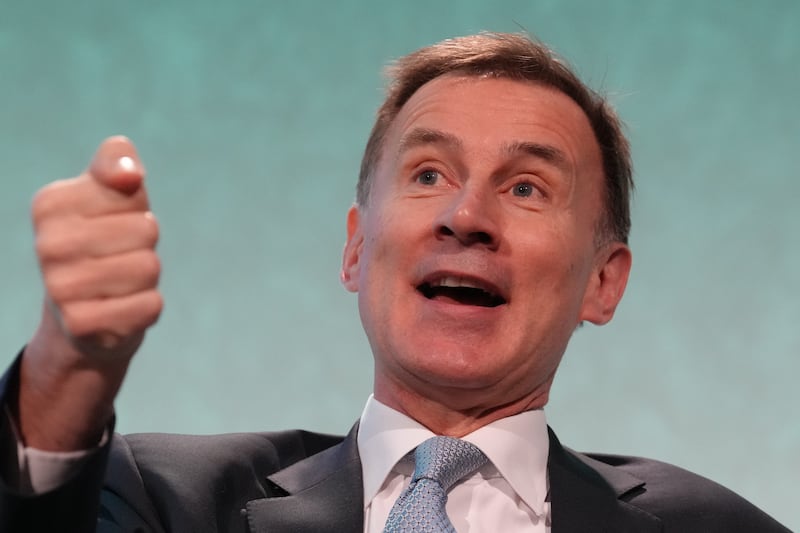THE north's economy appears to be slowing turning a corner for the better and 'has passed through the eye of the inflationary storm', new data suggests.
The latest UK economic outlook report from business advisers PwC shows that Northern Ireland enjoyed a 0.6 per cent growth in three months to February.
And that was the highest of all UK regions, apart from London.
The report says the improvement is due to a relatively high share of sectors experiencing growth like health, retail and construction.
The PwC findings come in the wake of encouraging most recent labour market figures for the region, where there was a significant increase in employment between December and February and a marketed decrease in the economic inactivity rate.
And Ulster Bank's latest PMI report pointed to growing momentum across the north's private sector, with output, new orders and employment all increasing at sharply while rates of inflation in both input costs and output prices continued to ease.
“We are on track to avoid a recession, alongside easing inflationary pressures, and that's positive” according to Greg Boyd, economist at PwC Northern Ireland.
“The potential increased certainty following the Windsor Framework is also expected to help future growth here.”
He said the analysis in the PwC report suggests the UK has passed through the eye of the inflationary storm compared to last year, particularly with wholesale energy costs expected to stabilise.
But he cautioned that the strength of any economic recovery is subject to risks which could include future geo-political shocks, persistently higher inflation pressures and a weaker sterling.
“Cumulatively, we expect prices by the end of next year to be 20 per cent higher than they were at the start of 2021, meaning businesses and households will continue to feel cost pressures,” he added.
“We also know that the impact of this cumulative price increase is felt more profoundly in Northern Ireland due to lower household incomes here and because households here spend more proportionally on energy and food, the key drivers of inflation.
“So there needs to be a continued focus on longer-term levers for economic growth here, including stimulating investment, getting more people into work, and underpinning all of this with support for skills and education.”
From the middle of the year, analysts say an expected a fall in wholesale energy prices will begin pushing down inflation and ease the squeeze on households, while the fiscal loosening from the Spring Budget should start to take effect.
The PwC outlook says the UK is expected to avoid recession in 2023, experiencing marginal growth of around 0.1 per cent, rising to 1 per cent in 2024 and 1.6 per cent by the end of 2025 as inflation pressures start to significantly ease.
But despite the improved outlook, the report notes that the UK’s recovery is still lagging behind its G7 peers.
Three-month percentage growth estimates by region according to the PwC economic outlook:
London 0.9
Northern Ireland 0.6
East of England 0.5
North West 0.5
Yorkshire/the Humber 0.4
East Midlands 0.4
Wales 0.4
Scotland 0.3
North East 0.2
South East 0.2
West Midlands 0.2
South West 0.2








